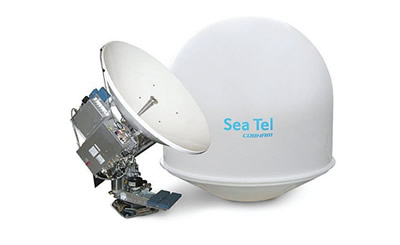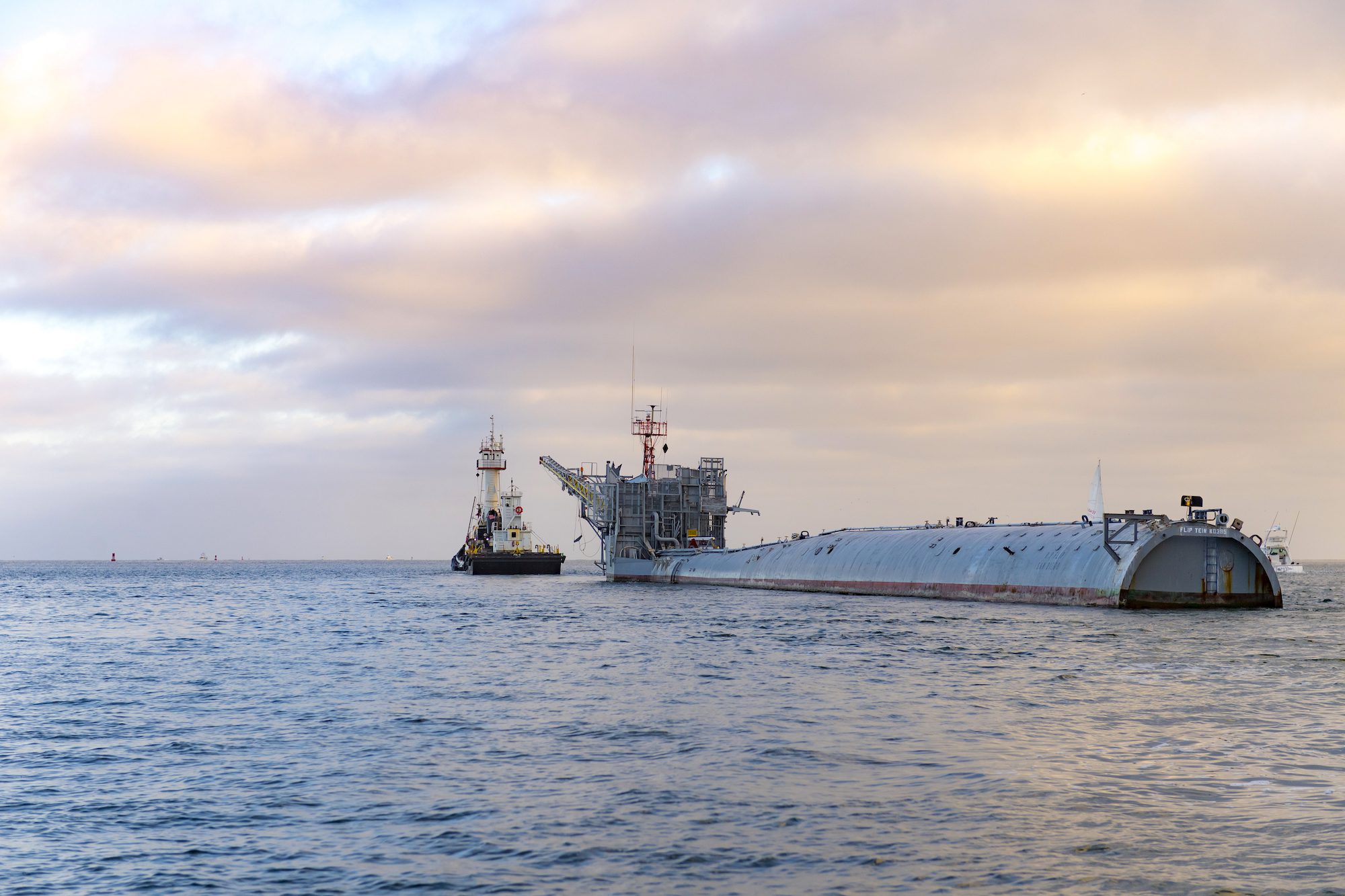 To start our series on Breaking Free Of Corporate Internet at sea we will first take a look at VSAT technology.
To start our series on Breaking Free Of Corporate Internet at sea we will first take a look at VSAT technology.
The remaining posts of this series will look at terrestrial based systems for accessing internet at sea but all such systems fail once your ship sails into deep water. So, for ocean voyages there is only one solution: satellite internet.
Once you have decided to invest in a sat system you have a few choices. An inexpensive option, and one that is used by many Americans that live far from city centers, are systems like Hughesnet or Wildblue. While you may save money, you will run into connectivity issues as these systems are not designed to connect with a continually moving object. To compensate you will need a gyro stabilized antenna with an internal VRU that compensates not only for changes in heading, but for the pitch and roll of a vessel. These antennas are expensive.
The second challenge of using a Hughesnet type system is that the satellites are geostationary, hovering at points within line of site of the continent. As you can see from these maps, you are not going to travel more than a few hundred miles from shore before losing your connection.
The second option for satellite internet at sea is the more robust solutions provided by Iridium, Inmarsat and Globalstar. These systems were designed for use in remote places and each has good coverage at sea, with Iridium providing service even in high latitudes.
And the hardware for these systems is relatively inexpensive. A satellite dish with a hardwired internet connection will cost you between $5,000 and $10,000. Handheld units, which are getting better at maintaining connections, can be bought for less than a $1000 online.
While the hardware is “cheap”, the per-minute cost of connectivity is very expensive with rates measured per megabyte in addition to the time spent connecting. Some have lowered their connection costs by investing in BGAN or other systems designed for use on land but able to connect at sea. The slow data rates combined with high connection costs means this solution is not good for doing much beyond downloading text-only emails.
Enter VSAT.
When BP needs real-time connectivity to monitor systems aboard billion dollar rigs their choice is VSAT. For many years these systems had poor coverage at sea but with the continual launch of new satellites by companies like KVH, the availability of a signal mid-ocean is improving. And they are fast, outperforming the “high speed” DSL lines installed in many homes.
VSAT does seem to be the way of the future and connection prices are reasonable. With VSAT you generally only pay for the connection speed and are free to download unlimited amounts of data. Expect to pay between $500 and $750 per month for a fast connection.
So what’s the catch?
VSAT antennas are expensive with KVH models costing nearly $40,000. The lowest price I have seen was for a refurbished SeaTel unit priced at $28,000.
At these prices, ubiquitous internet at sea is unfortunately still beyond the reach of the average mariner, but we have heard of the costs of such units being shared among the entire crew of a ship. $28,000 divided by an average crew compliment of 50 persons (both on and off hitch crews) averages out to $560 per man for the hardware. But once purchased a decent data plan can be had for $500/month or just $20 per member of the crew…. putting VSAT service just within reach of some.
And there are many reasons why a shipping company might want to subsidize some of the cost. First, an internet system that’s 100% independent from the ship’s computers is the only sure way to prevent viruses and the occasional hacking by mariners with too much time on their hands. Plus there’s redundancy. If the company’s satellite fails, you only need to flip one switch to “take over” the crew network.

 Join The Club
Join The Club




 To start
To start 






